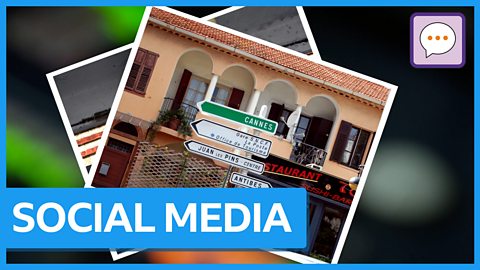Images can give us proof of events that have happened. Photographic evidence is usually a pretty reliable way of backing up a story. But is seeing always believing?
Images can be misleading. They might only show one side of the story, they can be edited, or they might be taken out of context. Watch the video below to learn what to look out for when spotting misleading images online.
Location
- Is the image really where it claims to be?
- Look out for street signs in another language or obvious landmarks that could give away the true location
Perspective
- Perspective can be used to show misleading parts of an image
- It can make objects appear larger than they are or only tell one side of the story
- Look for other images from the same event to get the full picture
Photoshopping and image editing
- Look out for missing shadows
- Look for edges that aren’t properly cropped or pixelated
Fake quotes
- Ask yourself if you’ve seen the quote before
- Is it possible that the person has said this? Try to search the quote separately to see if it’s genuine
Reverse image search
If you’re still unsure if an image is genuine or not, a reverse image search can tell you where it has appeared before:
- Google Image Search
- RevEye reverse image search
- TinEye
- Yandex Images
Where next?
See if you can separate the real images from the fakes.

Be social media smart: Is seeing believing?
ґуПуґ«ГЅ newsreader Tina Daheley looks at how to check what can and can’t be believed.

How false information spreads
Fake stories aren't just in 'the news' - they can be found in memes, videos and screenshots too. But how do they spread so quickly around your contacts and feeds?

Fact or Fake?
Find out how to spot and stop fake news with ґуПуґ«ГЅ Bitesize.
